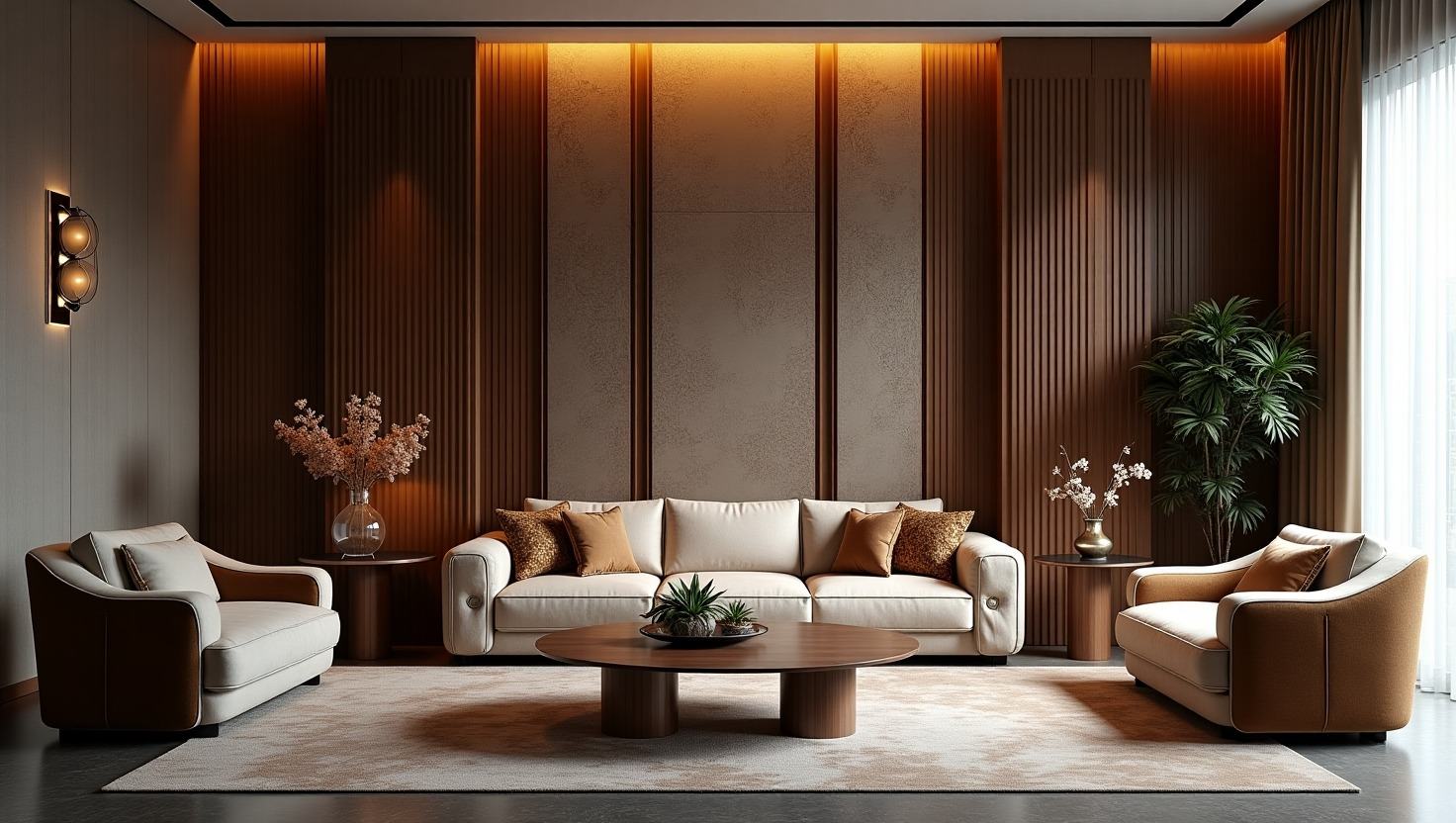Modern Architectural Design: Blending Functionality with Aesthetic Excellence

Modern Architectural Design: Blending Functionality with Aesthetic Excellence
Modern architectural design has transformed the way we design, construct, and use space in the modern world. As the powerful movement that started in the early 20th century, it has moved beyond conventional construction and beauty to adopt innovation, utility, and environmental sustainability. Learning about the elements and influence of modern architectural design provides us with useful information on how our built world influences lifestyle, culture, and technology in the modern world.
What Is Modern Architectural Design?
Essentially, modern architectural design is a philosophy and style of architecture that emerged as a response to the elaborate and historical shapes that prevailed before the 20th century. It celebrates simplicity, few lines, and clean space, prioritizing functionality over beauty and advocating for new material and technology.
As opposed to classical architecture that favored glorifying decoration and symmetry, modern design is inclined towards minimalism, openness, and the plain expression of material. The theme of this design is eliminating extra ornamentation, replacing it with a plain, streamlined appearance that harmonizes with the surroundings and the users.
Key Features of Modern Architectural Design
1. Simplicity and Minimalism
One of the most common features of modern architectural design is that it is simple. Architects remove all the detailed components, employing geometric forms, straight lines, and open spaces. It is simpler to utilize space more practically because it is simple, and there is a sense of tranquility and harmony.
2. Open Floor Plans
Modern architectural design is in the habit of utilizing open plans that foster fluidity between spaces. An open plan design enhances the penetration of light from natural sources and ventilation, thus creating more hospitable and adaptable living environments. Open spaces also boost social interaction and interior space adaptability.
3. Utilization of Modern Materials
Technological advances brought with them new materials like steel, reinforced concrete, and large panels of glass, which became an intrinsic part of modern building design. These materials allowed greater structural freedom and permitted designers to create large interior spaces and soaring facades featuring huge windows.
4. Integration with Nature
Most modern architectural designs attempt to blur the boundaries between interior and exterior spaces. This is achieved through extensive glass walls, balconies, and the use of natural materials, thereby creating a sense of harmony with the surroundings. The utilization of natural lighting and air circulation is also a sustainable process that demonstrates the movement’s appreciation of nature.
5. Functionalism
Modern architectural design emphasizes that form should follow function. This means that every element of a building’s design must have a functional intent. This has led to designs such as built-in furniture, function-oriented spaces, and buildings that transform in response to users’ evolving demands.
Historical Background of Modern Architectural Design
Modern architectural design traces its roots to the early 1900s when architects and designers sought to break away from historical styles like Victorian, Gothic, and Baroque. The Industrial Revolution and the advent of new construction technologies gave rise to this new architectural language.
Leaders such as Le Corbusier, Ludwig Mies van der Rohe, and Walter Gropius advocated for the International Style, a movement of modern architecture that focuses on volume rather than mass, balance rather than preconceived symmetry, and the use of industrial materials.
The Bauhaus school, founded in Germany in 1919, played a crucial role in formulating modern principles of architectural design by linking art, craft, and technology. Its influence can be observed through current architectural practice and education worldwide.
Modern Architectural Design in Contemporary Practice
In the 21st century, new architecture design further evolves by integrating digital technologies and sustainability principles. CAD and Building Information Modeling (BIM) transformed architects’ design and delivery processes, allowing for more efficient, precise, and creative designs.
Sustainability is now an essential issue in contemporary building design. Green building practices like passive solar design, energy-efficient materials, and green roofs are now more commonly integrated to minimize environmental effects. Contemporary architects also adopt smart home technology in order to improve user experience and resource management.
Moreover, the trend of prefabrication and modular building has accelerated project timelines and produced less waste, demonstrating how modern architectural design adapts to the challenges of urbanization and climate change.
Iconic Examples of Modern Architectural Design
Several monuments around the world embody modern architectural design principles. Le Corbusier’s Villa Savoye in France is one, with stilts called pilotis, open floor area, and a garden on the roof, all embodying the essence of modernism.
Mies van der Rohe’s Seagram Building in New York City embodies the use of steel and glass to create a minimalist, streamlined office building that revolutionized corporate architecture.
More recent examples include the Sydney Opera House, with its groundbreaking method of concrete shell utilization, and Apple Park’s California headquarters, which combines cutting-edge technology with sustainable blending of landscapes, epitomizing the future of modern architectural design.
The Impact of Modern Architectural Design on Society
Modern architectural design has significantly influenced urban culture and living. By placing emphasis on usability and accessibility, it has resulted in more efficient and adaptable working and living spaces. Open-plan living promotes sociability, while user-focused commercial buildings increase efficiency and health.
Moreover, the movement has democratized architecture by embracing the application of mass production techniques and low-cost housing technologies, breaking down the elitism surrounding traditional architecture.
The aesthetics of new architectural design also reflect cultural values such as forwardness, innovation, and environmental sensitivity, appealing to the ambitions of current society.
Challenges and Criticisms
New architectural design has not escaped criticism for all its advantages. Its minimalist look has been argued to result in sterile, hostile environments devoid of character. The focus on functionality sometimes happens at the cost of cultural heritage or regional architectural identity.
Also, the extensive use of glass and concrete can lead to ecological problems if not complemented by environmental-friendly practices. Others also criticize that some modernist buildings have failed to withstand the test of time or focused too little on human scale and comfort.
However, modern architectural design continues to progress by incorporating warmth through materials, contextual awareness, and environmental innovation, contrasting most of these criticisms over the years.
Future Trends in Modern Architectural Design
In the future, modern building design will be incorporating new technologies and ideologies increasingly in the coming years. Upcoming technologies like 3D printing, virtual reality, and artificial intelligence-based design are opening up new dimensions for imagination and customization.
Sustainability too will remain equally significant, with architects insisting on net-zero energy buildings, circular construction, and biophilic building that brings nature into the city.
Moreover, the concept of resilience in architecture—designing buildings to withstand climate change effects and adapt to future needs—is increasingly at the heart of modern architectural practice.

